Power Sector
As the world trends away from carbon intensive sources of power, the renewable energy sector is readily expanding. Alvus provides extensive expertise in this sector to help our clients meet the challenges associated with developing a reliable and sustainable energy supply.

Wind Power
An excellent renewable source of energy for turbulent coasts and windy interiors, wind power is the second largest method of renewable electrical generation in the world. Although very consistent from year-to-year, there can be significant variation in short term production, so it is used in conjunction with other power sources to give a reliable supply.
Key E&S concerns for wind power include bird and bat mortality, noise, flicker, and visual impacts.
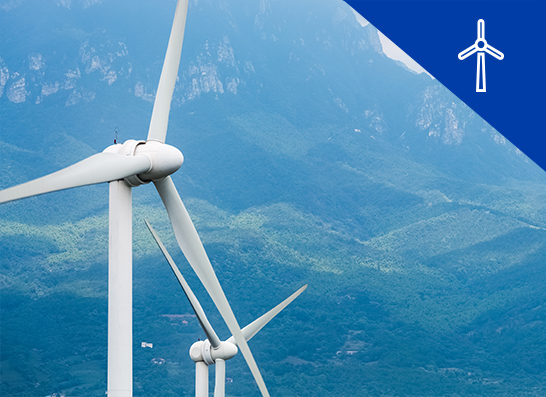
Photovoltaic Solar Power
Photovoltaic (PV) solar power is benefiting greatly from the global shift towards renewable energy. By utilizing the most consistent source of energy available – the Sun – solar farms are producing low cost, low emission electricity in a sustainable fashion. Solar PV is expected to be the fastest growing renewable energy sector in the world over the next five years.
Utility-scale solar PVs require relatively large areas, so physical and economic displacement are key concerns in this sector. In addition, the high influx of construction employees within a short timeframe can have significant impacts on small rural communities.

Concentrated Solar Power
Concentrated Solar Power, or CSP, generates electricity by concentrating energy from the sun’s rays, focusing it onto a receiver, and transforming the subsequent generation of heat into thermal energy. Accumulation of thermal energy during the day allows for electricity generation at night.
CSP plants need to carefully balance the water use for wet cooling with the efficiency losses of dry cooling, and consider, inter alia, the potential impacts on birds of tower CSP Plants.
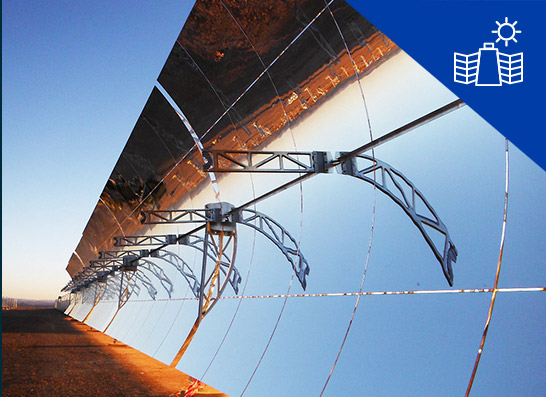
Biomass
Biomass is arguably the most accessible form of renewable energy. By burning plant and animal waste, biomass power plants release the energy previously generated via photosynthesis, thereby producing electricity effectively and renewably.
The sustainability of the biomass source is a critical consideration for biomass power plants. Effective air pollution abatement and waste management for ashes are also crucial in avoiding localised negative impacts.
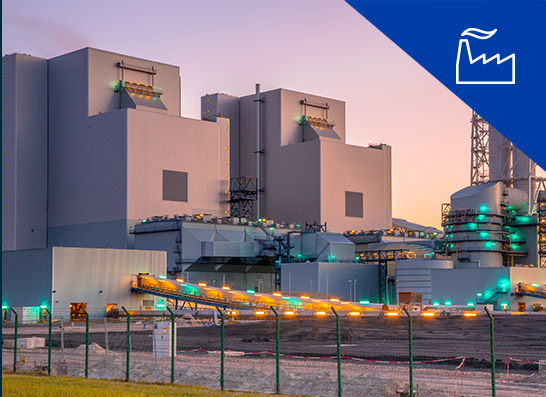
Hydropower
Hydropower is the largest contributor to renewable electricity generation in the world. With a global installed capacity of over 1,270 GW, it accounts for over half of all electricity generated by renewable sources.
However, it is not without significant negative environmental and social impacts. River banks are often fertile, cultivated and inhabited, making resettlement a key concern for hydropower projects. Impacts on river dynamics and riverine ecology are also critical to consider.
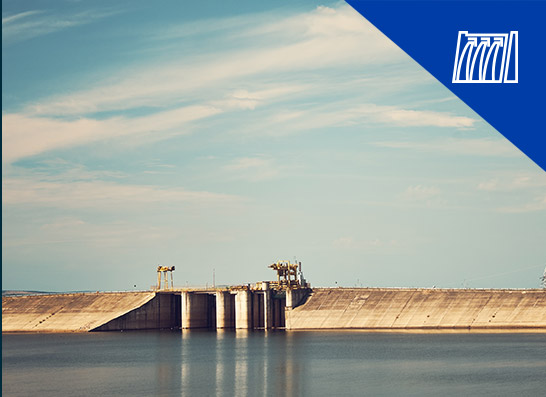
Conventional Thermal Power
Conventional Thermal Power plays an important role in any national and regional energy mix. This type of electrical generation is emissions intensive, including those of greenhouse gasses and cooling water

Transmissions Lines
As the medium of transport for electricity from the source to the substation and beyond, transmission lines carry with them a complex suite of environmental and social risks that require separate study and mitigation solutions of their own. Linear impacts on ecosystems and avifauna require specific attention during the assessment of power lines.
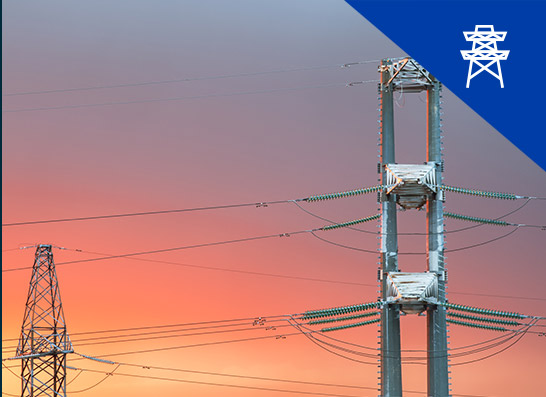
Minigrids
Independent, small-scale electrical distribution grids are known as minigrids. Their implementation provides an opportunity for positive social impacts on local communities, as they are sometimes the only viable option for those in rural areas without access to a centralized grid system. Governance systems and operator models determine the social impacts of minigrids on rural communities.
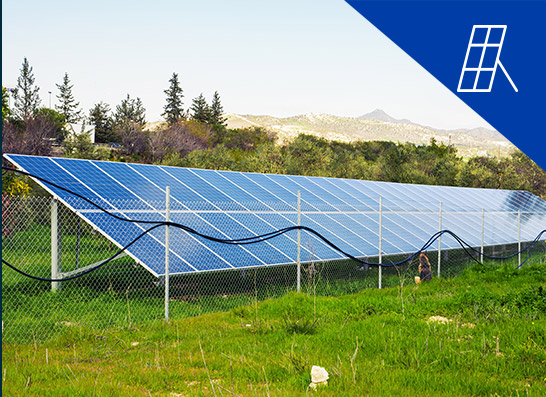
Water
Water scarcity is one of the key challenges of our time. Variable rain patterns and temperature rise associated with climate change, land use changes and population growth put a significant strain on water systems. Desalination, water supply networks and wastewater treatment facilities and reuse systems are key in finding sustainable solutions. The environmental and social challenges associated with these technologies and networks require detailed planning, assessment and monitoring.

Agriculture and Forestry
Agricultural systems and natural, managed and man-made forests are critical for feeding the world and for maintaining the biosphere. Careful management of the social needs of rural communities, resource conservation, and global challenges are key in the transition to sustainable agricultural and forestry practices.

Mining
Extraction of mineral resources from underground deposits plays a critical role in a sustainable economy, together with reuse and recycling. Mining has a myriad of environmental impacts and social challenges that require careful management. Past environmental incidents require an extensive and transparent stakeholder engagement process to ensure community support.

Oil & Gas
Oil and gas extraction have significant associated environmental and social risks. This sector generates high expectations of social development together with fears of inequality, conflict and political tensions in extraction areas. Robust environmental assessments, extensive stakeholder engagement, social mitigation and CSR are critical for oil and gas extraction and processing.

Finance
Sustainable Finance refers to any financial product (equity, debt, grants, risk management tools) which deliver net positive environmental and social externalities, thus contributing to Sustainable Development. Management of E&S risks, strong governance tools, verification and monitoring are key for this industry. Sustainability reporting allows companies to disclose the relevant information to inform investors of their level of compliance with different standards.

Other Sectors
Our expertise and track record allow us to offer our services to a wide range of sectors in addition to those listed above, including but not limited to infrastructure, industrial facilities, waste management facilities, retail, and logistics.



